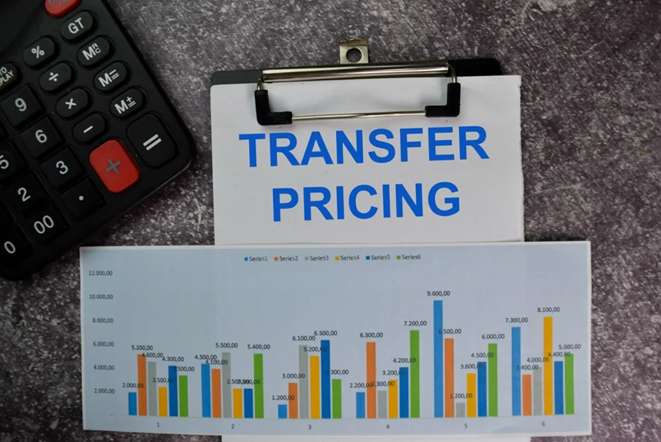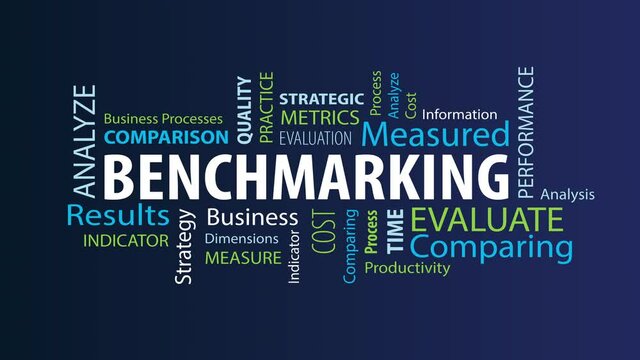- Zabeel Street, AL Karama, Dubai, United Arab Emirates
- +971 4 27164 24
Are you ready to experience the difference that Alpha Equity MC can make for your business? Contact us today to learn more .
A transfer pricing study is an in-depth research carried out by firms to warrant that their intercompany exchanges are charged at arm length price i.e. exchanged in a way comparable to how unrelated parties agree to under comparable conditions. The importance of this analysis is that corporations operating at the international level can ensure that tax releases are met and they reduce the risks of transfer prices.
Transfer pricing is mainly a management reporting, when it comes to divisional or subsidiary efficiency and then it becomes essential when it comes to tax concepts. Nevertheless, it also concerns crucial accounting and risk-related implications. It means the prices are such a bargain or deal between Related Parties or Connected Persons which will be as a result of the relationship that exists between the two transacting parties. The transactions not excluding, but going beyond the provision of services and transfer of tangible goods, intangibles and financial services may occur between the Related Parties or Connected Persons and may involve a Permanent Establishment (PE).
Every transfer pricing analysis starts with a careful scrutinization of the functions undertaken by any of the entities, risks taken and assets used in the intergroup transactions. This review aids in ascertaining the method of transfer prices and as well profits allocation basing on the input of each party.
Entity characterisation is an important element in transfer pricing (TP) which is an overview of the functional analysis of a firm and assists it in determining how its profits are to be calculated and used in transfer pricing. It is the process of affixing a high level or functional profile tag on an entity with regard to its functions, asset, and risks (FAR) that can be recognized as economically significant
Key Aspects of Entity Characterisation
Purpose and Importance
Entity characterisation serves several vital purposes in transfer pricing:
Determination Process
To characterise an entity for TP purposes:
Entities are often characterised based on their business activities. Some typical characterisations include:
Manufacturing
Distribution
Services
Research and Development
The entity characterisation significantly influences various aspects of transfer pricing analysis:
1. Selection of the most appropriate TP method.
2. Identification of comparable companies.
3. Determination of the tested party.
4. Choice of profit level indicators.
5. Interpretation of benchmarking results.
Incorrect entity characterisation can increase scrutiny during TP audits and potential disputes with tax authorities. It's crucial to:
1. Ensure accurate characterisation based on a comprehensive FAR analysis
2. Maintain consistency between the characterisation and the actual conduct of the business
3. Be prepared to justify the chosen characterisation with supporting documentation
Transformations of entity characterisation can be considered as restructuring in business, which can provoke other TP problems, particularly when they affect the profit potential without any alterations in FAR. In summary, entity characterisation is one of the keystones of transfer pricing that needs proper analysis and consideration. It acts as a basis of identification of arm length prices and in checking whether law dealing with TP is adhered to.
The study evaluates and selects the most appropriate method for determining arm's length prices. The OECD guidelines outline five primary methods
1 . Comparable Uncontrolled Price (CUP) method
2. Resale Price Method (RPM)
3 . Cost Plus Method (CPM)
4 . Transactional Net Margin Method (TNMM)
5 . Profit Split Method (PSM)
The choice of method depends on the nature of the transaction, the availability of comparable data, and the functional analysis results.
The study evaluates and selects the most appropriate method for determining arm's length prices. The OECD guidelines outline five primary methods
1 . Comparable Uncontrolled Price (CUP) method
2. Resale Price Method (RPM)
3 . Cost Plus Method (CPM)
4 . Transactional Net Margin Method (TNMM)
5 . Profit Split Method (PSM)
The choice of method depends on the nature of the transaction, the availability of comparable data, and the functional analysis results.
This involves identifying comparable transactions or companies and analysing financial data to establish an arm's length range for the controlled transactions. The economic analysis may include benchmarking studies and statistical analyses to support the chosen transfer pricing method.
A documented transfer pricing research is the initial line of defence of companies in an occasion of tax audit. It shows to tax authorities that the company has reasonably addressed the transfer pricing rules and thus may also minimize the threat of adjustments and fines.
The information on the profitability and global operations of a company may be critically looked into using the studies of transfer prices. Such information could be utilised to streamline the transfer prices policies of the business and its taxation strategy as well.
The analysis is well documented and thus it can be taken to the tax authorities at the request. In most jurisdictions including the United States, they require companies to have documentation in hand within 30 days following a request.
At Alpha Equity MC, we provide large variety of accounting and auditing services, aiming to satisfy various requirements of the companies that operate in the dynamic environment of Dubai:
Arm lengths prices on intangible assets are specifically difficult to arrive at especially on intellectual property because of its unique nature, as a result of which they cannot be easily matched with an alternative event.
MNCs are faced with different transfers in various destinations with different laws. This might need adjustment of the transfer pricing analysis to the requirement of the country.
Transfer pricing is not a once in a lifetime exercise. Business environments and an increasing number of regulations require the companies to keep their studies up to date to consider the changes in business operations, market conditions, and regulatory environments.
A transfer pricing study is necessary in order to address the transfer pricing risks that multinational companies face and also to observe compliance of tax regulations. These studies can assist companies to justify their intercompany prices and global tax strategies by systematically analysing intercompany transactions in the light of OECD TP guidelines and recording reasons to make such pricing decisions. The need to transfer price profitably cannot be overemphasized as more tax jurisdictions focus on transfer pricing as part of its tax policy.

OECD Transfer Pricing Guidelines for Multinational Enterprises and Tax Administrations form the basis of cross border tax policy. They give directions on how the arm length principle can be applied in valuing cross-border transactions involving associated enterprises.
The most recent release, coming on January 20, 2022, has multiple notable changes and revisions
Key Features of the 2022 OECD Transfer Pricing Guidelines
Updated Guidance: The 2022 edition includes revised guidance on:
This fundamental concept remains central to the guidelines, ensuring that transfer prices between related entities reflect prices that would be agreed upon between independent parties
The guidelines advocate for a standardised approach to transfer pricing documentation, consisting of:
1. Master File
2. Local File
3. Country-by-Country Report
Any Ultimate Parent Entity of the MNE Group which is determined to be the Reporting Entity by being the tax resident in the State shall inform the Competent Authority of the fact no later than the last day of the Reporting Fiscal Year of the Group as per Cabinet Resolution No.44 of 2020 Organising Reports Submitted by Multi-national Companies (MNEs).
The OECD Transfer Pricing Guidelines serve multiple essential purposes:
1. International Consensus: They represent the agreed international standard for transfer pricing among OECD member countries and many non-member states
2.Double Taxation Prevention: By providing a common framework, the guidelines help minimise the risk of economic double taxation for multinational enterprises (MNEs)
3.Tax Base Protection: They assist governments in ensuring that MNEs' taxable profits are not artificially shifted out of their jurisdictions
4.Business Environment: The guidelines contribute to a stable and efficient business environment for MNEs
The 2022 edition consolidates several updates made since the previous 2017 version, including:
These are updates to the continuous efforts by the OECD to curb new issues on international taxation and transfer pricing.
OECD Transfer Pricing Guidelines are still developing as they respond to emerging challenges of international taxation due to changes in the global economic environment. The OECD continue to be the most important resource of the tax administration and multinational enterprises in the realms of a complex world of transfer prices.

Transfer price benchmarking constitutes an important element of multinational corporations with regard to transfer pricing strategies. It entails the examination of similar transactions involving unrelated parties in order to set an arm length price range as regards transactions between related parties
Key Aspects of Transfer Price Benchmarking
Transfer price benchmarking serves several crucial purposes:
Benchmarking is necessary to enable businesses to substantiate their intercompany prices to the tax agencies in order to evade possible punishment and audits
The benchmarking process typically involves the following steps:
A thorough functional analysis of the tested party and potential comparables is crucial for ensuring appropriate comparisons.
Different types of benchmarking studies may be conducted depending on the nature of the transaction:
Each type requires specific databases and methodologies to ensure accurate comparisons.
To ensure reliable and defensible benchmarking analyses, companies should follow these best practices:
By implementing these best practices, multinational companies can develop robust transfer pricing benchmarking analyses that withstand scrutiny from tax authorities and support their overall transfer pricing strategy.
In conclusion, the Alpha Equity MC expert team will help and assist in complying with tax procedures as per UAE corporate tax law and its procedures.
Are you ready to experience the difference that Alpha Equity MC can make for your business? Contact us today to learn more .